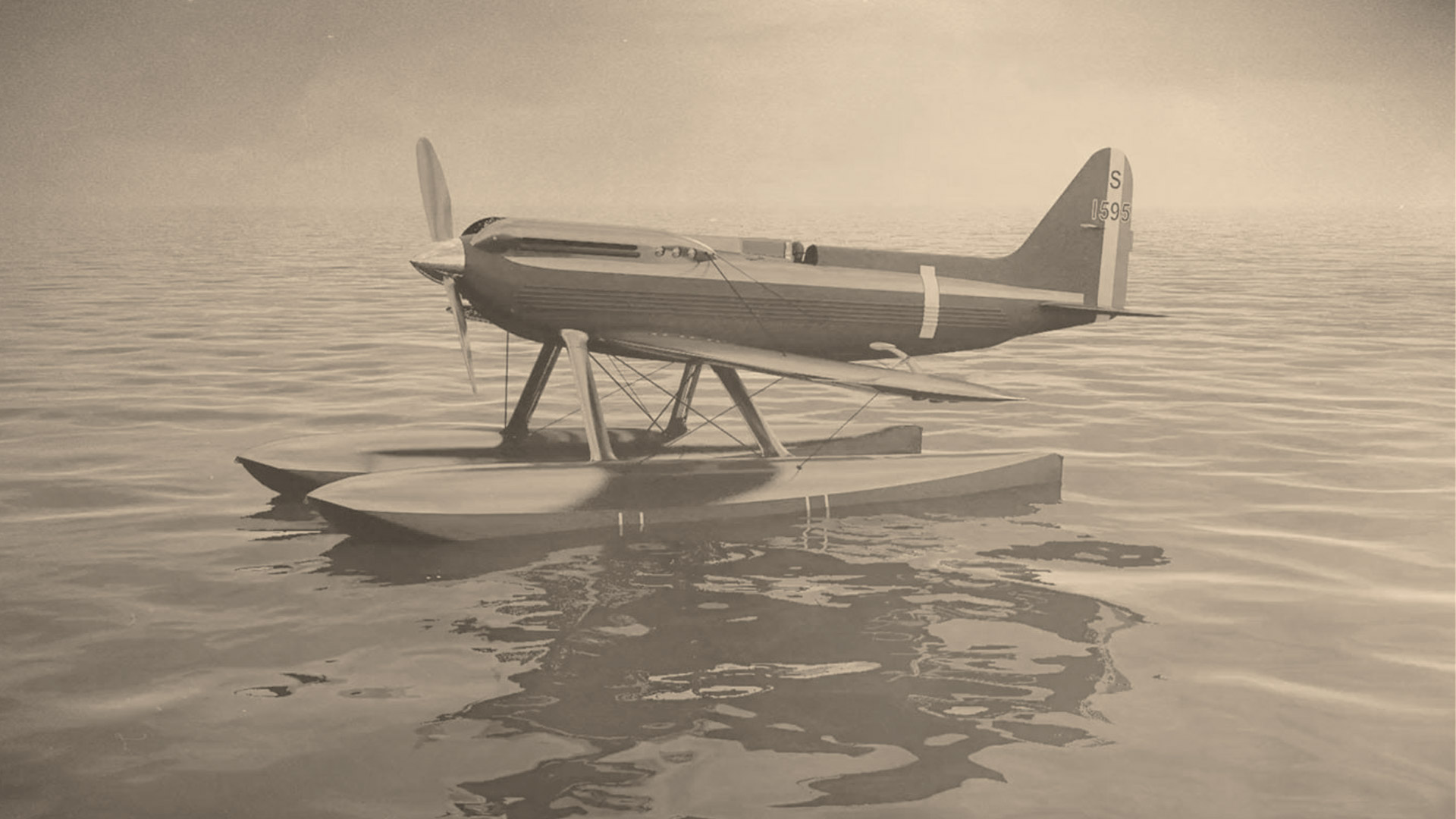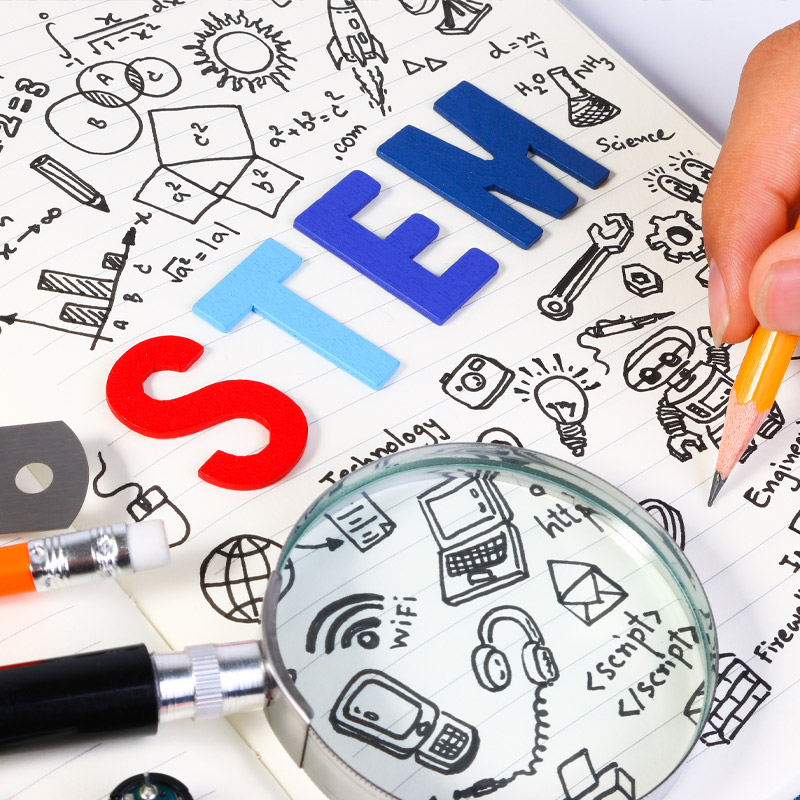





Project Seablade is a pioneering UK wide endeavour to set a new world speed record for a piston-propelled seaplane.
Inspired by the UK’s great aviation heritage, it is set to combine advanced design with the restoration of an iconic Rolls-Royce engine and be flown with unparalleled airmanship to reclaim a title that has stood unchallenged since October 1934
In September 1931, R J Mitchell’s peerless S.6B won the famous Schneider Trophy and later that month set a new absolute speed record; Mitchell later used the S.6B’s high speed design intelligence, another Rolls-Royce engine and elliptical wing to develop his masterpiece in 1936 – the prototype K5054 – thankfully renaming it the Spitfire.

However, with the Trophy retained by Great Britain in perpetuity, Italy responded and in October 1934, the Macchi M.C.72 broke the S.6B’s record with a speed of some 440mph – a record that still stands today.
Now, nearly a century later, the UK is ready to rise to the challenge once more and bring the record home.
Project Seablade’s S7 revives this tradition and ignites a new era of technological innovation: it is not just about speed but will showcase:
Head of STEM Development
University of the Highlands and Islands
Seablade STEM Consultant
Jet pilot instructor (Boscombe Down)
Heritage and Seaplane Qualified Aviator
Seablade Chief Pilot
Professor of Experimental & Applied Aerodynamics
Professor of Engineering at the University of the Highlands and Islands
Seablade Director of Design & Engineering
Senior Propulsion Engineer
Seablade Propulsion Consultant
Development Business Owner
Seaplane Enthusiast & Advocate
Seablade CIC Project & Founding Director
As a Community Interest Company (CIC) our designated “benefit” is in the field of Science, Technology, Engineering and Maths (STEM); there will be a full program to inspire the next generation of British engineers, designers, pilots and technical air and ground crews from our core demographic of school-aged children and young students.
Through STEM outreach, education partnerships, and hands-on opportunities, Project Seablade will encourage young people to explore aerospace, design and engineering, and innovation for future study and careers.

This is more than just a record attempt. Project Seablade will: